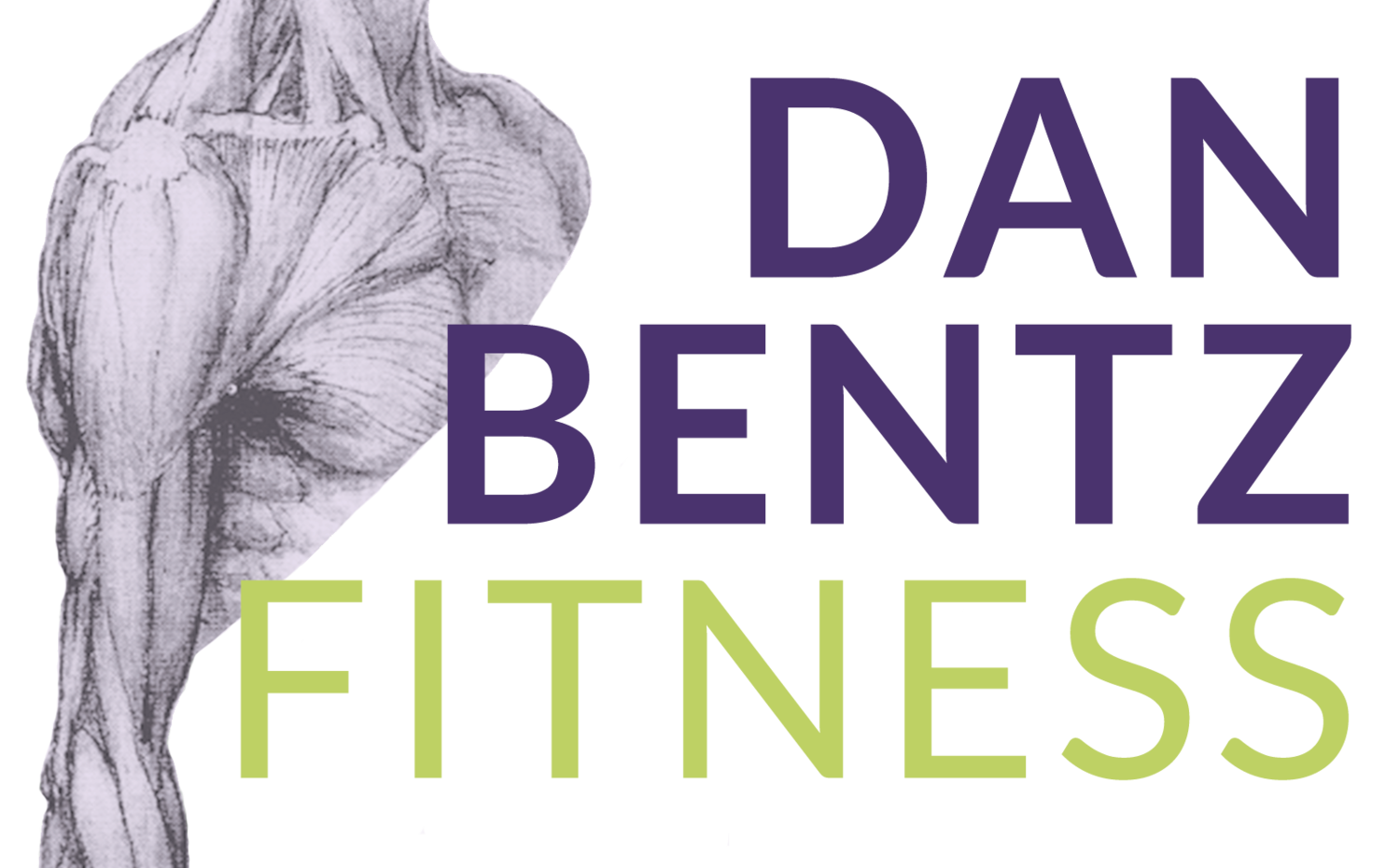“Opportunity is missed by most people because it is dressed in overalls and looks like work.”
I think a great quote that would pair nicely with Edison’s was said best by Milton Berle: “When opportunity doesn’t knock, build a door.” Some of us are fortunate enough to recognize and seize opportunities when they come our way. When an obvious opportunity pops up, like a job offer or a free workshop, it’s easy to take advantage of it. But most of the time it’s not so obvious, and our eyes, ears, and minds remain closed—we end up missing opportunities because we weren’t being receptive. Perhaps we were looking too closely for specifics. But opportunity does present itself regularly, and it might not always be a slug in the shoulder, or a loud shout; it may be a gentle nudge or a soft whisper. Sometimes we will need to create our own opportunities instead of sitting around waiting and hoping. We create our own opportunities, I believe, when we truly understand our talents, capabilities, and resourcefulness. Otherwise we get stuck in uncertainty and may never discover our true capacity or potential. Carpe diem!

